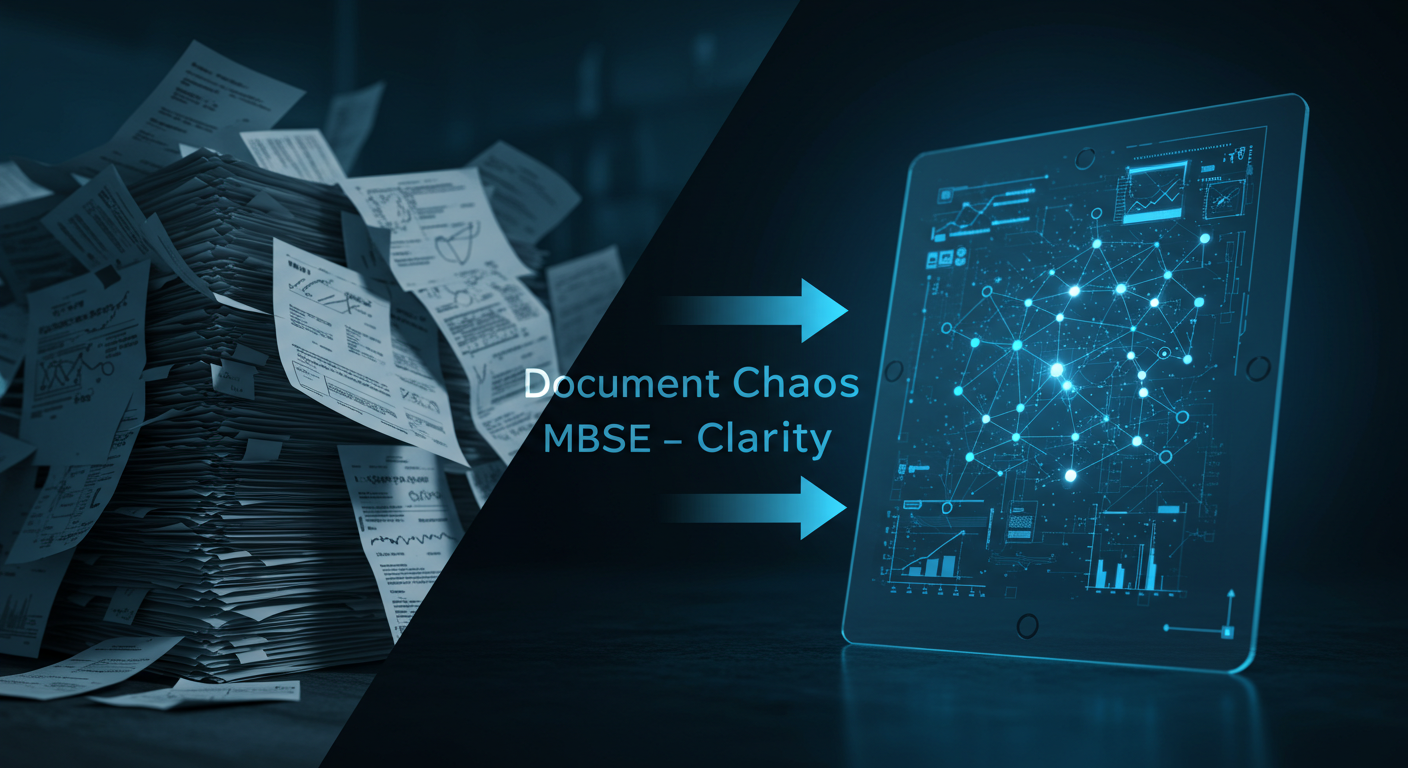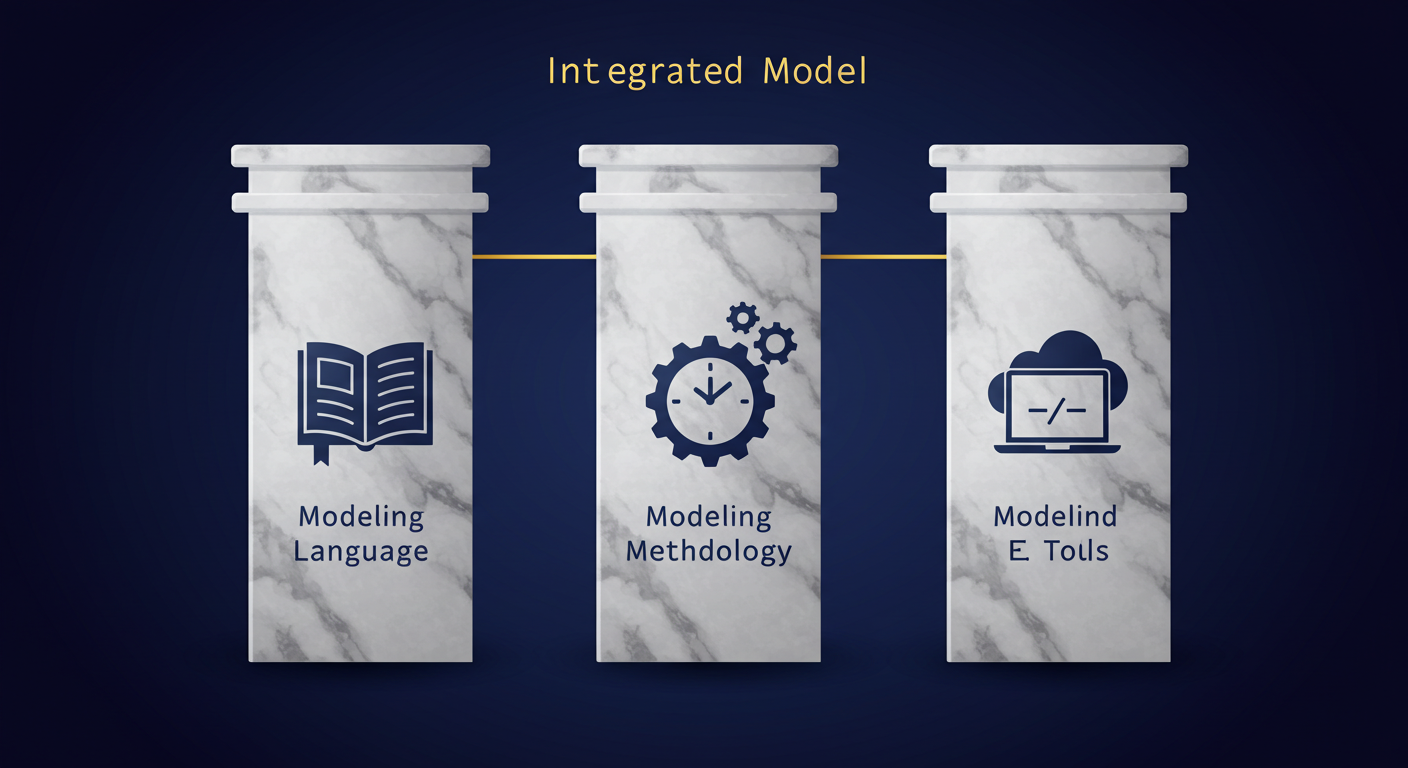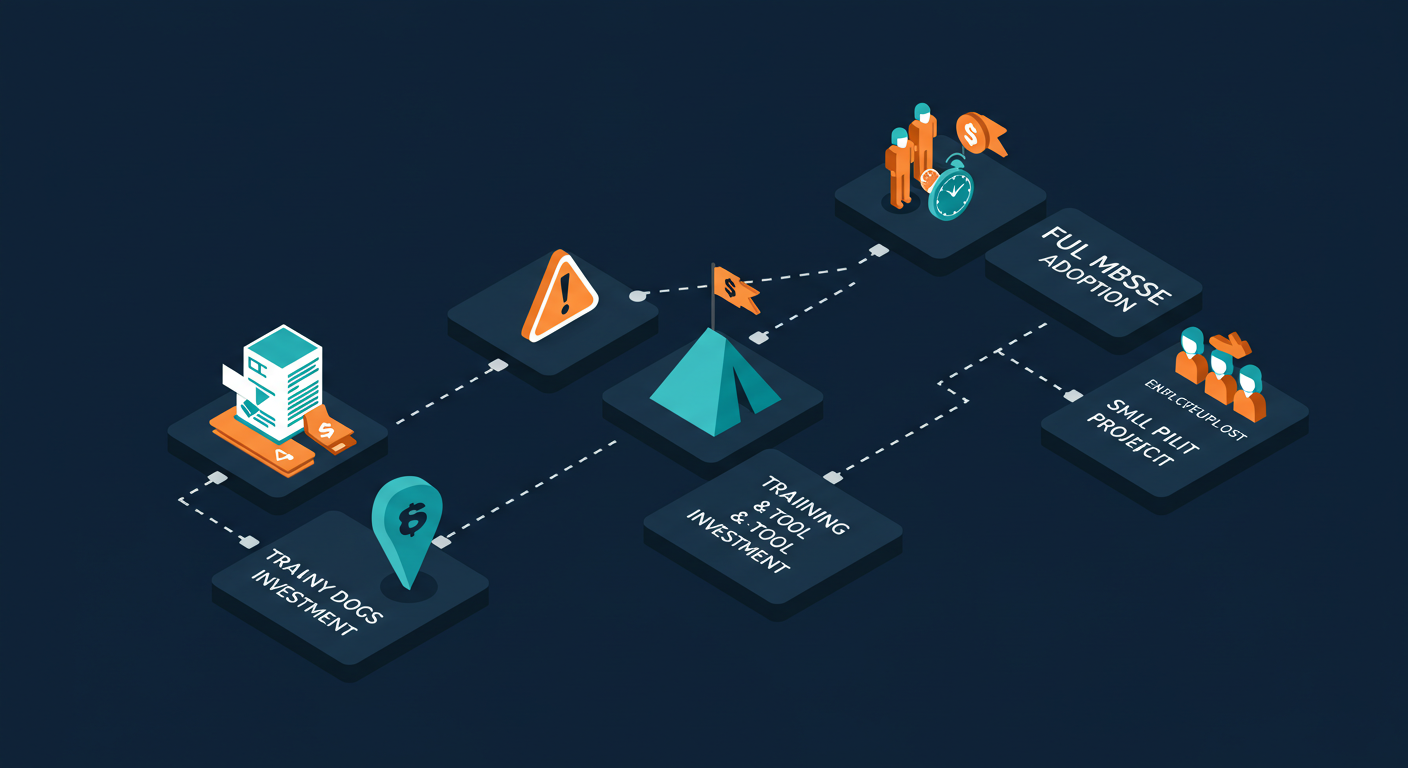[System Engineering] #.7. What is MBSE? A Complete Guide to Practical Knowledge for the Future of Systems Engineering
Continuing from the last post, today I'd like to discuss Model-Based Systems Engineering (MBSE) in a more practical way. If you've been wondering, "So, what exactly is MBSE, and what's good about it?" then today's post will be a great help! 😊
Traditional systems engineering relies on numerous documents, and I'm sure we've all experienced the struggle of keeping up with changes. MBSE emerged to solve this very problem. It's a model-centric approach that manages the entire process—system design, analysis, verification, and more—through an 'integrated model.'

Why is MBSE Necessary? 🚀
The primary goal of MBSE is to effectively manage increasingly complex systems, enhance project efficiency, and reduce critical errors. The potential benefits are truly numerous.
- Improved Communication: Development teams and stakeholders can easily understand the system from a shared model, integrating different perspectives.
- Reduced Development Risk: Continuous validation of requirements and design allows for more accurate cost estimation and reduces uncertainty in the development process.
- Improved Quality: Requirements become clear and complete, and strict traceability enhances design integrity.
- Increased Productivity: You can rapidly analyze the impact of design changes, reuse existing models, and automate document generation to save time.
- Enhanced Knowledge Transfer: It effectively captures and manages design information from existing systems, allowing new team members to quickly access and modify information.
MBSE is more than just drawing diagrams; it's about creating an 'integrated blueprint' that contains all system information, including its structure, behavior, and requirements. This model is utilized throughout the system's entire life cycle, from requirements definition to design, verification, and operation.

The 3 Pillars of MBSE 🏛️
To successfully implement MBSE, you need to understand and integrate three key elements: 'Modeling Language,' 'Modeling Methodology,' and 'Modeling Tools.' These are often referred to as 'The Three Pillars of MBSE.'
1. Modeling Language 🗣️
A modeling language is a set of rules used to clearly and accurately describe complex systems. Unlike the natural languages we use daily, it is specifically designed to represent a system's structure, operation, and constraints without ambiguity. Graphical languages, in particular, use shapes and lines to represent system elements and their relationships, aiding intuitive understanding.
The most popular modeling language is SysML (Systems Modeling Language). Learning SysML is considered the essential first step into MBSE.
2. Modeling Methodology 🗺️
A modeling methodology provides a set of guidelines for 'how and in what order to create a model.' It is crucial for enhancing a project's consistency and efficiency.
- Define Modeling Purpose: This step answers the question, 'Why are we modeling?' The purpose must be clear, whether it's for recording design decisions, managing requirements traceability, or performing trade studies.
- Determine Modeling Scope: Define which parts of the system will be modeled and to what level of detail.
- Select and Adjust Methodology: Choose a suitable methodology for your project, such as INCOSE's OOSEM, SYSMOD, or Harmony-SE, and tailor it as needed.
3. Modeling Tools 🛠️
Modeling tools are the software that allows you to apply languages and methodologies to real projects. They are used to create, manage, and analyze system models. The biggest difference from simple diagramming tools is that in a modeling tool, a change in one element is automatically reflected in all related diagrams. This helps maintain model consistency.

Practical Advice for Adopting MBSE 💡
Executives or clients new to MBSE often misunderstand it as a 'magic bullet' that easily solves complex engineering problems and cuts costs. However, a successful MBSE adoption requires several realistic considerations.
MBSE is not a free lunch. It doesn't replace the rigor and hard work required for successful system design; rather, it's a tool that emphasizes the need for deeper analysis and thorough design. Remember that creating a 'good model' is a difficult task that requires time, effort, and discipline.
- Initial Investment Required: An initial investment in processes, tools, and training is an essential step for long-term success.
- Managing Stakeholder Expectations: It's important to realistically explain the benefits MBSE offers and correct any misconceptions.
- The Importance of Change Management: The true Return on Investment (ROI) of MBSE becomes apparent when changes occur during the system life cycle. Change is inevitable, and MBSE is an effective tool for responding to it.
- Gradual Transition: A gradual transition strategy is needed, especially when integrating with existing document-based systems, to slowly reduce reliance on legacy documentation.

MBSE Practical Core Summary
Frequently Asked Questions ❓
Today we took a deeper dive into the practical knowledge of MBSE. How did you find it? I hope this post helped you see that MBSE isn't just a difficult technology, but a powerful weapon for those of us who deal with complex systems.
In the next post, I plan to ask even more interesting questions. What exactly is a 'good model'? What are we ultimately trying to achieve with MBSE, and how does SysML help us get there? If you have more questions, feel free to leave a comment! 😊
This article is a re-reation of the core content of the article I wrote last year using AI. If you are interested in the original article, please refer to the HTML below!